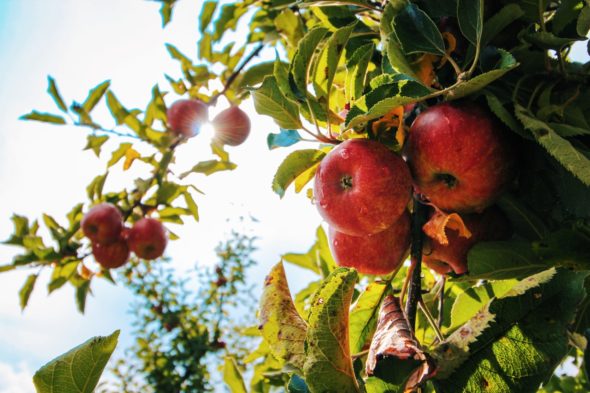Combating our growing Food Needs

Right this second, there are 7+ billion people living on our planet. That’s 7 billion mouths to feed, and that number is only continuing to grow. The earth could hold more than 8 to 11 billion people in less than 30 years, by 2050.
If you’re in the food sector, you’re probably already aware of the growing food needs of earth’s population. The question then becomes, how do you keep up with this growing demand, while also protecting our planet?
Sustainable farming techniques vary: Organic farming uses natural pest control methods to help improve yields and overall soil health. Agroecology, another sustainable method, takes a holistic approach to growing crops – studying soil health, air quality, and weather patterns to help make farming decisions. They are then able to farm them at the right time with specialized equipment, similar to the ones found on websites like https://www.costex.com/, and others.
Another approach is to grow a larger mix of crops, instead of planting the same crops year after year. This tactic can increase overall production. Utilizing perennial plants, instead of annual crops, saves on planting costs. Since perennial plants are hardier, they are more likely to survive weather extremes. They might also use less water and help reduce soil erosion better than annual plants. In any case, farmers can use Greenhouse Structures for their crops that can protect them from extreme weathers, storms and rains as well.
And then there’s vertical farming, sometimes called indoor or urban farming. This refers to producing food in an indoor environment – using layers of plants to maximize space while controlling factors such as humidity, light, water, temperature and nutrients. The use of a greenhouse lighting system (more information on which you can find here) for vertical farming practices can ensure that the plants get enough full-spectrum light, in turn boosting crop growth. Indoor vertical farming stacks can produce higher yields while using less water and soil, compared to traditional agriculture. For ways to optimize your vertical farming system, continue reading the infographic below:
Optimizing Vertical Farming from the belt conveyor providers, Ultimation Industries
- Restaurant Germs: Improving Cleaning Practices For Commonly Contaminated Surfaces - April 15, 2024
- 11 Cancer-Fighting Foods to Reduce the Risk of Cancer - March 18, 2024
- Safety and Aesthetics: Tips for Landscaping Around Your Wellhead - February 20, 2024
